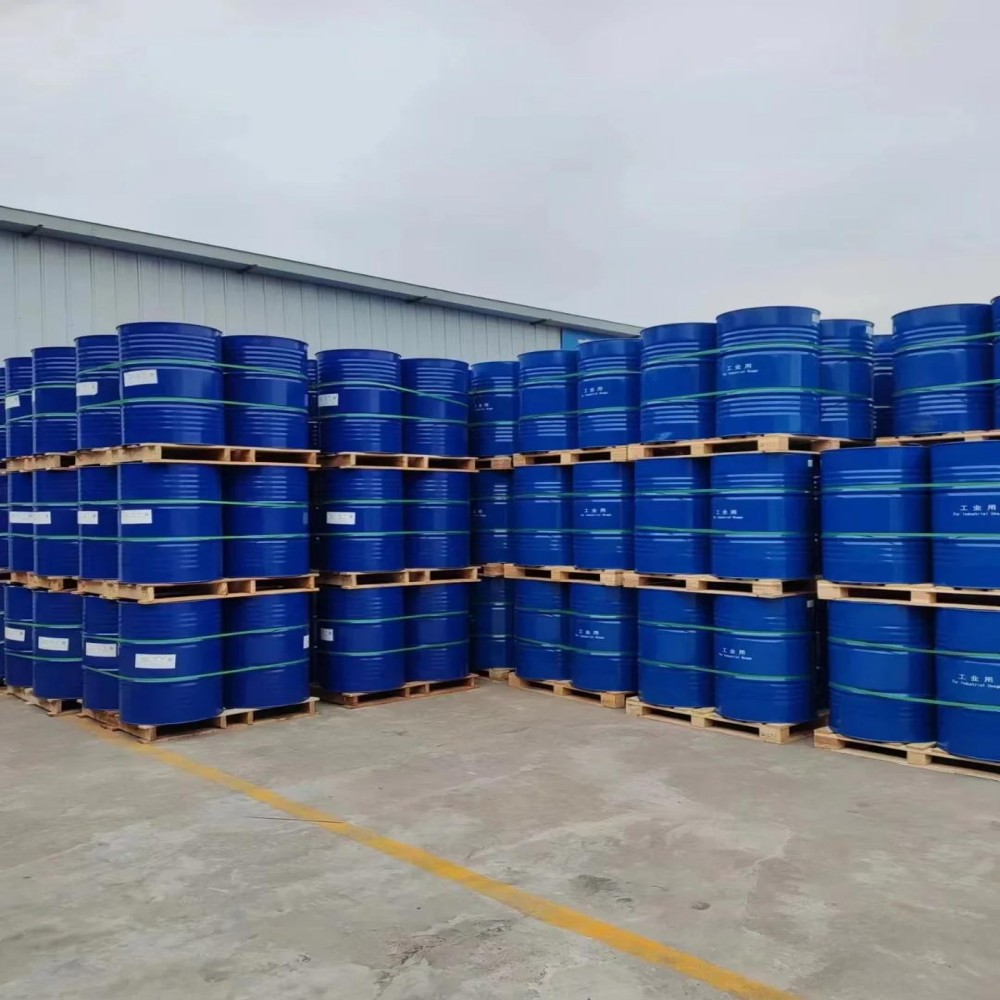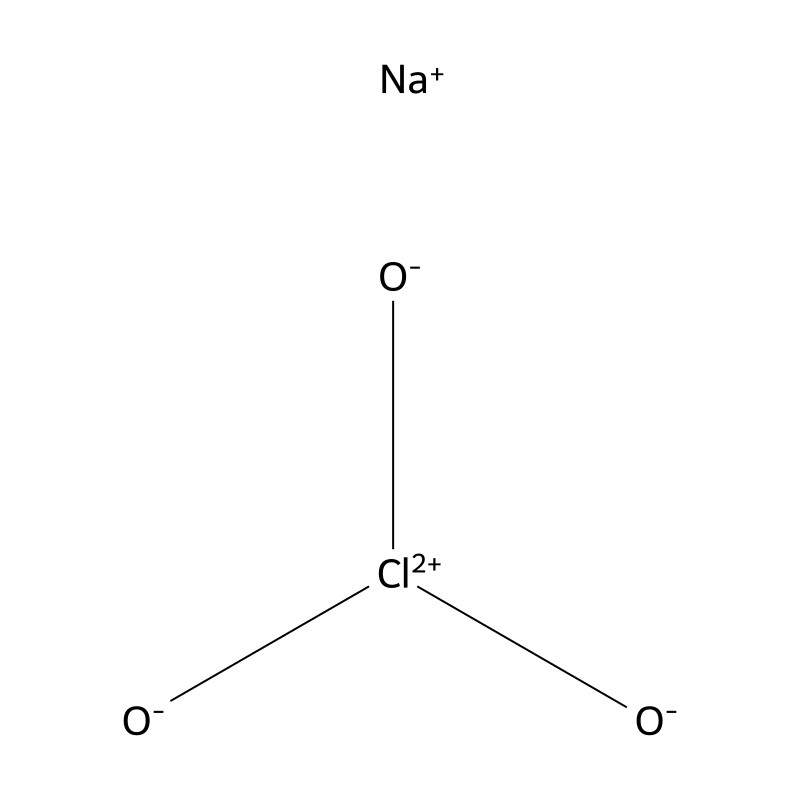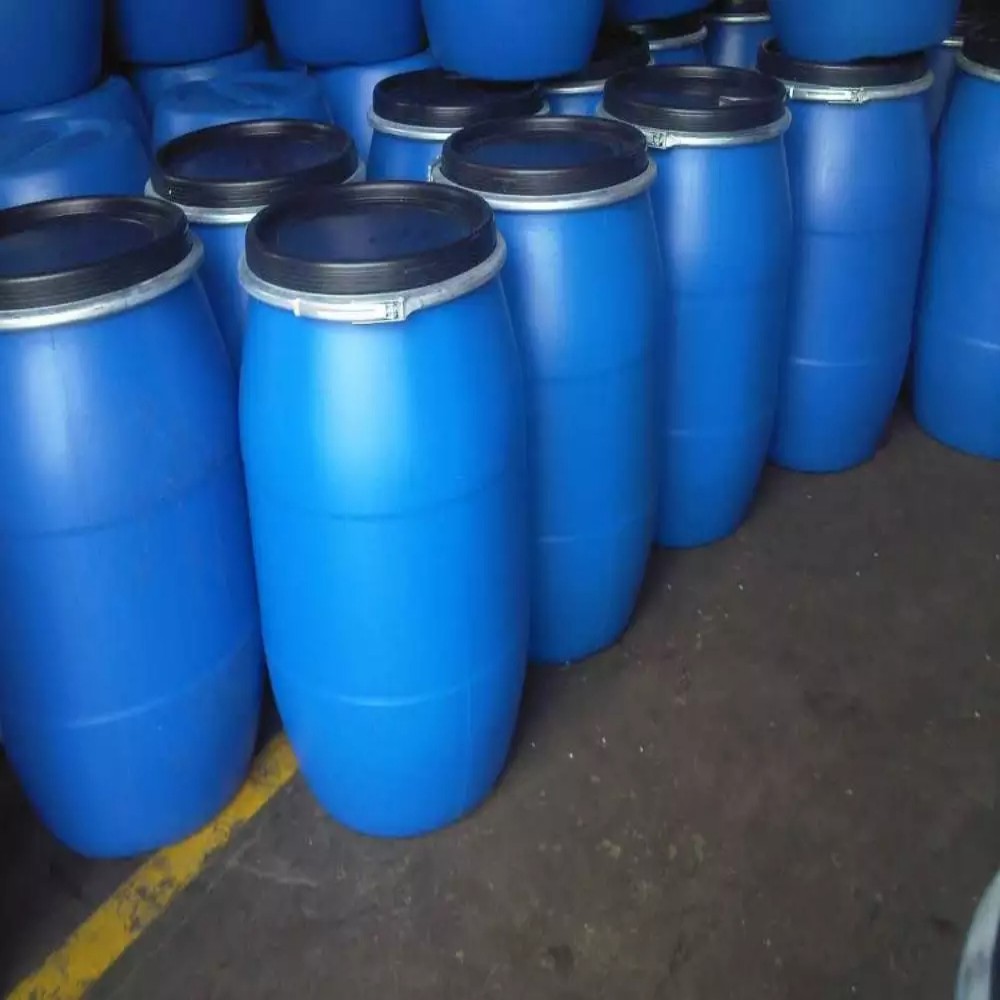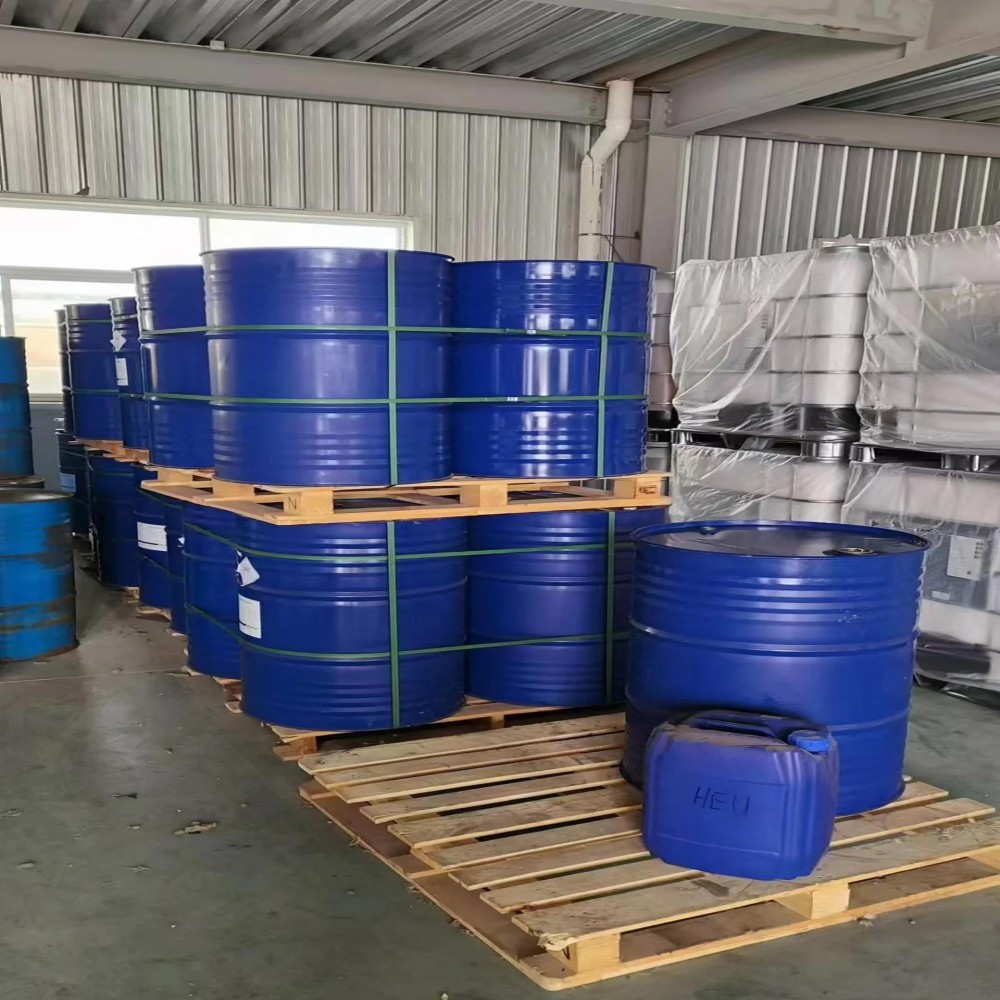Sodium chlorate NaClO₃ 7775-09-91 >98%
| Property | Information |
|---|---|
| Chemical Name | Sodium Chlorate |
| CAS Number | 7775-09-9 |
| Molecular Formula | NaClO₃ |
| Molecular Weight | 106.44 g/mol |
| Appearance | White crystalline solid or powder |
| Melting Point | 248-261°C |
| Boiling Point | Decomposes at 300°C |
| Density | 2.49 g/cm³ |
| Solubility | Soluble in water (1000 g/L at 20°C), slightly soluble in ethanol |
| Stability | Stable under normal conditions |
| Hazard Class | Oxidizer |
| Safety Phrases | S13: Keep away from food, drink and animal feeding stuffs.<br>S17: Keep away from combustible material.<br>S46: If swallowed, do not induce vomiting: seek medical advice immediately and show the container or the label.<br>S61: Avoid release to the environment. Refer to special instructions/safety data sheets |
| Uses | Used as an oxidizing agent, in the production of chlorine dioxide for bleaching paper, as a herbicide, in the manufacture of explosives and fireworks, and in water treatment |
(A) Appearance and Morphology
Sodium chlorate presents diverse forms in appearance. It is usually an odorless pale yellow to white crystalline solid. Some documents also record it as a colorless cubic crystal, a colorless crystal or granule. In an aqueous solution, sodium chlorate is a transparent and colorless liquid. These different appearances are its manifestations in different states.
(B) Basic Physical Properties
- Taste: Sodium chlorate has a salty taste, which is clearly recorded in some relevant studies and manuals. For example, Ahrens mentioned it in “The Herbicide Handbook of the Weed Science Society of America”.
- Melting Point: Its melting point is 478°F (approximately 248°C). Different data sources have similar descriptions of this, and this characteristic determines its state change in a high-temperature environment.
- Solubility: Sodium chlorate has a high solubility in water. At 25°C, it is 100g/100g of water, and it is slightly soluble in ethanol. Meanwhile, the presence of sodium chloride will reduce its solubility in water. At different temperatures, its solubility in water also varies. At 0°C, it is 790g/L, and at 100°C, it reaches 2300g/L. In addition, it is soluble in glycerol, and its solubility in 90% alcohol is 16g/kg.
- Density: At 59°F, the density is 2.49. It is denser than water and will sink in water. Some data also show that its density is 2.5 g/cm³.
- Vapor Pressure: At room temperature, the vapor pressure of sodium chlorate is negligible, which means it is not volatile at normal temperature.
- Refractive Index: At 20°C, the refractive index of sodium chlorate is 1.515. This optical property is of great significance in some specific chemical analyses and studies.
II. Stability and Related Reactions of Sodium Chlorate
(A) Stability
At room temperature, sodium chlorate is stable if isolated from other materials. However, if acidic or oxidizable substances or ammonium salts are present, its stability will be affected. At approximately 300°C, sodium chlorate will release oxygen and will completely decompose at higher temperatures.
(B) Corrosivity and Acidity-Basicity
Sodium chlorate is corrosive to zinc and low-carbon steel. Attention should be paid to its contact with these metals during storage and use. Its aqueous solution is neutral, and this acid-base property gives it specific performances in some chemical reactions and applications.
(C) Other Experimental Properties
Sodium chlorate has some special experimental properties, such as a fusion enthalpy of 21.3 kJ/mol, a molar heat capacity of 100 kJ/mol at 20°C, and a standard enthalpy of formation (crystal) of -365.8 kJ/mol. When thermally decomposed, it will produce sodium perchlorate, sodium chloride, and oxygen.
III. Hazard and Safe Use of Sodium Chlorate
(A) Hazard
Although sodium chlorate itself is not flammable, it is a strong oxidizer. Both the solid product and even a 30% aqueous solution have strong oxidizing properties. Contact with wood, organic substances, ammonium salts, sulfur, sulfuric acid, various metals, and other chemicals, especially when the solid material is finely divided, may trigger fires or explosions. A mixture with combustible materials is highly flammable and may ignite due to friction. In the event of a fire, overheating will cause the release of oxygen, thus intensifying the fire and even causing an explosion.
(B) Safe Use
When using sodium chlorate, safety operating procedures must be strictly followed. It is necessary to ensure that it is stored separately from various combustible, oxidizable substances, and metals, etc. During the handling process, avoid friction and collision to prevent potential hazards. Due to its corrosiveness, when in contact with relevant equipment and containers, appropriate materials should be selected to avoid reactions with zinc and low-carbon steel. For more safety information about sodium chlorate, you can visit professional chemical substance information websites such as CAMEO Chemicals.
Understanding these physical properties and safety points of sodium chlorate helps us to use this chemical substance correctly and safely in relevant industrial production, agricultural applications, and other fields, and to avoid potential dangers and accidents.

China and chemical raw material suppliers, welcome to inquire,Contact us:https://www.yuhanchemi.com/contact






